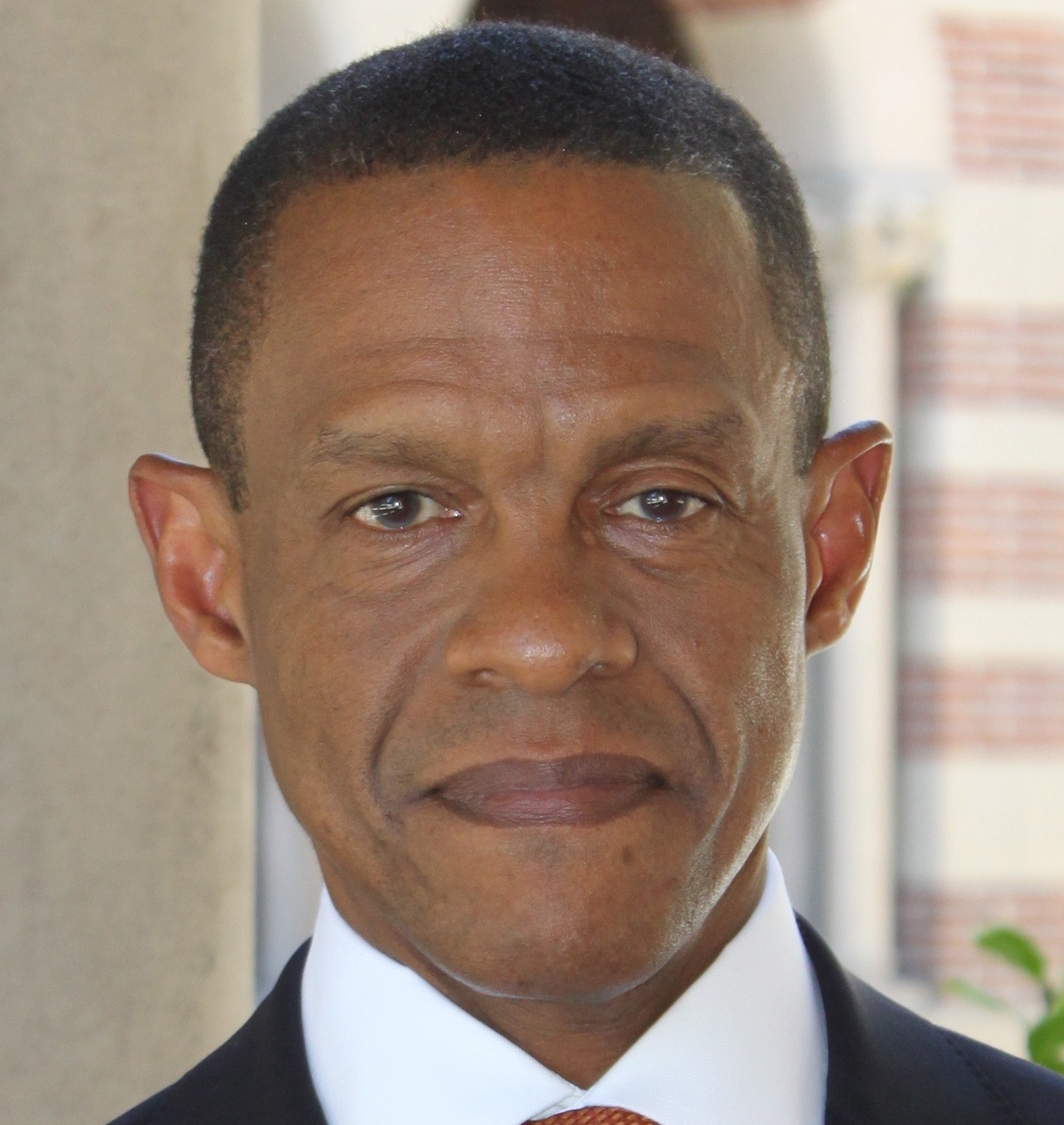Today, we have learned that teams of Mumbai-style attackers have entered the United States. Intelligence sources indicate their targets include rail stations and sporting event stadiums. We are also told the attack will take place within two weeks. Do you know what to do? Most people don’t, and that’s the problem. We lack the knowledge.
The notion of “resilience” is a core principle in the United States National Security Strategy. A few people seem to know something about “resilience,” yet the term continues to serve as a post-9/11, Katrina disaster, and underwear-bomb threat metaphor, lacking purpose, clarity, or defined outcomes. Other societies with years of terrorism experience have become more resilient to the risk of terror attacks. Is there a best practice to be implemented here? What is resilience and is community resilience to terrorism achievable?
Until the public gets some answers, we wait.
Resilience is a process that leads to adaptation, thereby reducing the time to return to “normal.” In the context of homeland security, it is synonymous with knowledge. Regrettably, the term continues to be characteristically associated with response and recovery activities addressing infrastructure, economic consequences and continuity of business in the realm of natural disasters. Traditional engineering and economic-centric definitions, although supportive of those disciplines, lack critical counter-terrorism proactive qualities necessary to influence TDM – Terrorist Decision Making™ processes associated with pre-attack planning.
History has proven that terrorists are “learning” organizations. Recent terror plots have demonstrated their capacity to adapt and adjust to compromise layers of security. This has been particularly true in their focus on the aviation domain, recognizing the potential for significant destruction and widespread panic of a successful attack. Intelligently, terrorist leaders recruit from a diverse collection of academic disciplines to facilitate their own research and development of sophisticated improvised explosive devices, potential attack paths and bomb concealment capabilities.
Unfortunately, in our zeal to protect ourselves from the next attack, the emphasis on technological countermeasures has far outweighed “the human element.” We should learn more about our would-be attackers and move away from homeland security policies that place all of our adversaries into the single, undifferentiated category of “terrorists.” One size fits all strategies are unintelligent and fail to respond to this complex problem.
The way in which terrorism is framed, academically, operationally and in policy terms, has significant implications for how homeland security strategies are developed and applied. Sometimes it appears as if the whole point of being alive has been narrowed down to staying alive. The aforementioned TDM continuum provides an understanding of “why” a target is selected, which is a more valuable piece of information than “how” it may be attacked. Thus, interdisciplinary efforts are central to the development of more holistic notions of security and understanding our enemy.
Resilience should become a national priority instead of a soundbite. Leveraging social networking technologies like Twitter and Facebook through programs that make use of these networks such as the new National Terror Advisory System (which replaces its color-coded predecessor), is one way America could be educated regarding possible threat scenarios on a regular basis, thus creating a national classroom.
The exercise could present mock intelligence via “serious games” (which are meant to teach rather than entertain), presenting hypothetical targets, conceivable security responses and the range of public actions to be considered to enhance the countermeasures. This is not an issue to be clouded by traditional “need-to-know” anxieties. A population empowered by knowledge instead of fear enables a process of building a national resilience posture capable of influencing adversarial behaviors and outcomes. A proactive doctrine places the public on the offensive, forcing attackers to consider the potential for mission failure. It is time to put the plan into action.
Risk should not become an entity in its own right, only minimally subject to human intervention. Implementing a preemptive process requires the recognition that resilience will not occur by itself; it needs to be learned, shared, applied and made an integral part of our overall homeland security strategy. An approach that engenders “integrated resilience” as a national priority – linking intelligence, education, applied research and a common purpose – allows America to pursue interdisciplinary solutions. Resilience is a two-way street. It is time for the concept and our efforts to share the same road.
-
A Brother
-
Hugo Rosemont


